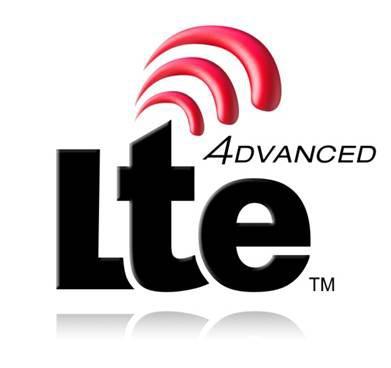
We already knew that the International Telecommunications Union didn't really think that LTE and WiMAX were real 4G technologies, and now they've driven that home even harder. At a meeting in Geneva, the ITU confirmed LTE-Advanced as true 4G because it, and other 4G tech, is capable of serving up 1Gbps download speeds in local configurations and 100Mbps when it comes to mobile. The next step for LTE-Advanced includes creating detailed technical standards. Check out the full press release below.
It's been said before, but as long as consumers and other groups stand by and let the carriers advertise their non-4G networks as 4G, they'll just keep the marketing up. Most consumers don't know the difference and, since LTE, WiMAX, and HSPA+ are generally faster than plain ol' 3G, they'll just assume that it actually is 4G. So now the question is, do you care about the carriers calling their networks 4G? Do you think anyone will step in to stop them?
4G Americas Applauds 3GPP and ITU
November 23 2010
BELLEVUE, Wash. –
4G Americas, a wireless industry trade association representing the 3GPP family of technologies, today applauds the final ratification of LTE-Advanced as an IMT-Advanced technology by the International Telecommunication Union (ITU).
In its October meeting, ITU’s Radiocommunication Sector (ITU-R) Working Party 5D, which is responsible for defining the IMT-Advanced global 4G technologies, completed the assessment of six candidate submissions and reached a milestone by deciding on LTE-Advanced and WirelessMAN-Advanced for the first release of IMT-Advanced. Final ratification of the full IMT-Advanced technology family took place at the ITU-R Study Group meeting on November 22 and 23 in Geneva, Switzerland.
The future is bright for LTE, with nine official commercial launches already in 2010, and an additional 11 expected before the end of the year. More than 250 companies have publicly expressed interest in deploying LTE networks, including Greenfield, CDMA, WiMAX and GSM operators. LTE is expected to be the leading choice for next-generation OFDMA networks over the next decade for all wireless carriers.
As the future evolution of LTE, LTE-Advanced will be poised as a pre-eminent ITU-sanctioned 4G mobile broadband solution for information, communications and entertainment. By offering a full suite of integrated 3G (IMT-2000) and 4G (IMT-Advanced) ecosystems, the 3GPP technology family supports the evolving and expanding mobile broadband needs of the expansive international base of mobile operators and their customers. IMT-Advanced provides a global platform on which to build the next generations of interactive mobile services that will provide faster data access, enhanced roaming capabilities, unified messaging and broadband multimedia.
“This day is a milestone to remember for mobile broadband connectivity,” said Chris Pearson, President of 4G Americas. “4G Americas is excited about this new era of wireless communications and extremely pleased that 3GPP Release 10 and beyond – LTE-Advanced – mobile broadband technology has been approved by the ITU. The future for mobile broadband technologies has never been brighter to help progress societies in the Americas and throughout the world.”
LTE-Advanced technology will now move into the final stage of the IMT-Advanced process, which provides for the development in early 2012 of an ITU-R Recommendation specifying the in-depth technical standards for these radio technologies.
Pearson added, “Congratulations to ITU, 4G Americas’ member companies and 3GPP for their great work efforts in making this moment a reality.”
4G Americas is a Market Representation Partner of 3GPP.
For more information on LTE-Advanced, download the Rysavy Research white paper, Transition to 4G: 3GPP Broadband Evolution to IMT-Advanced.
Via PhoneScoop